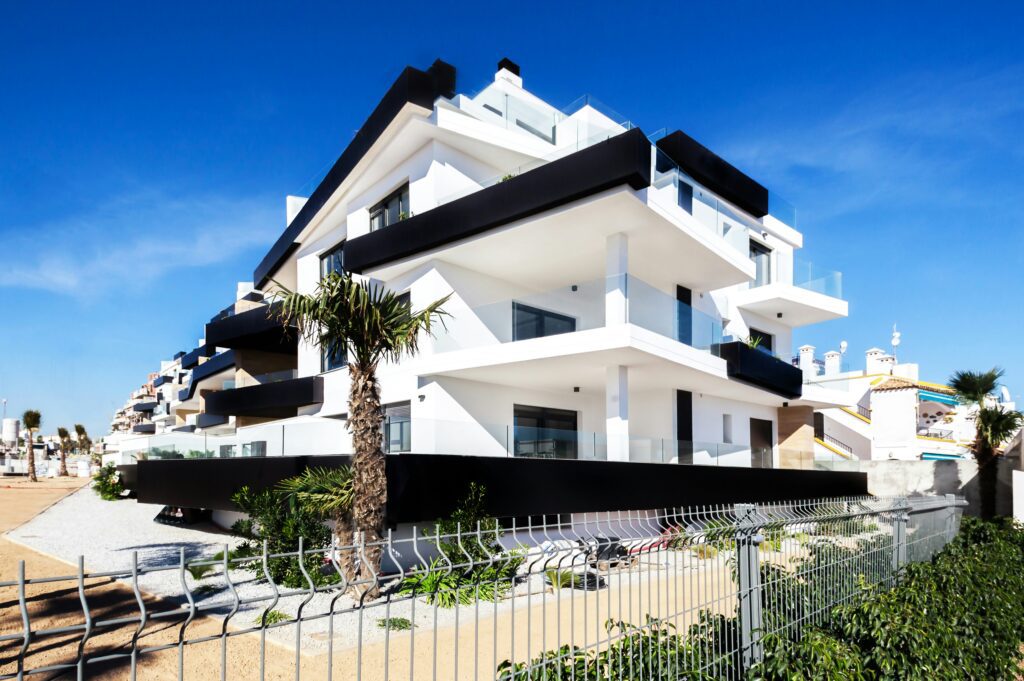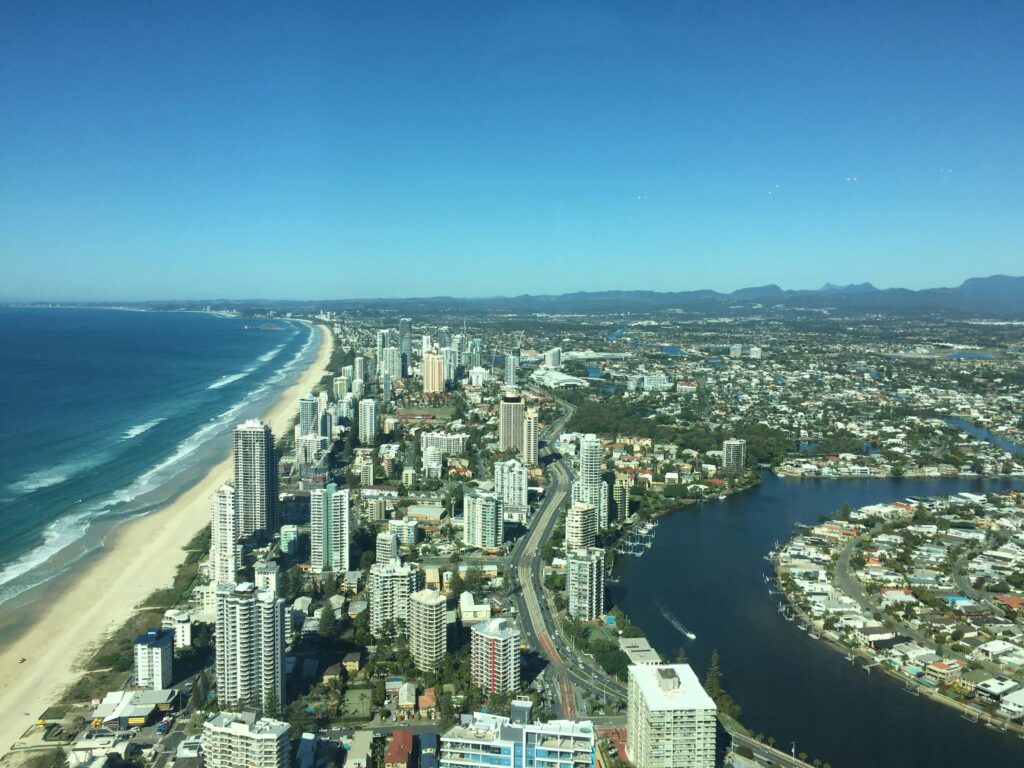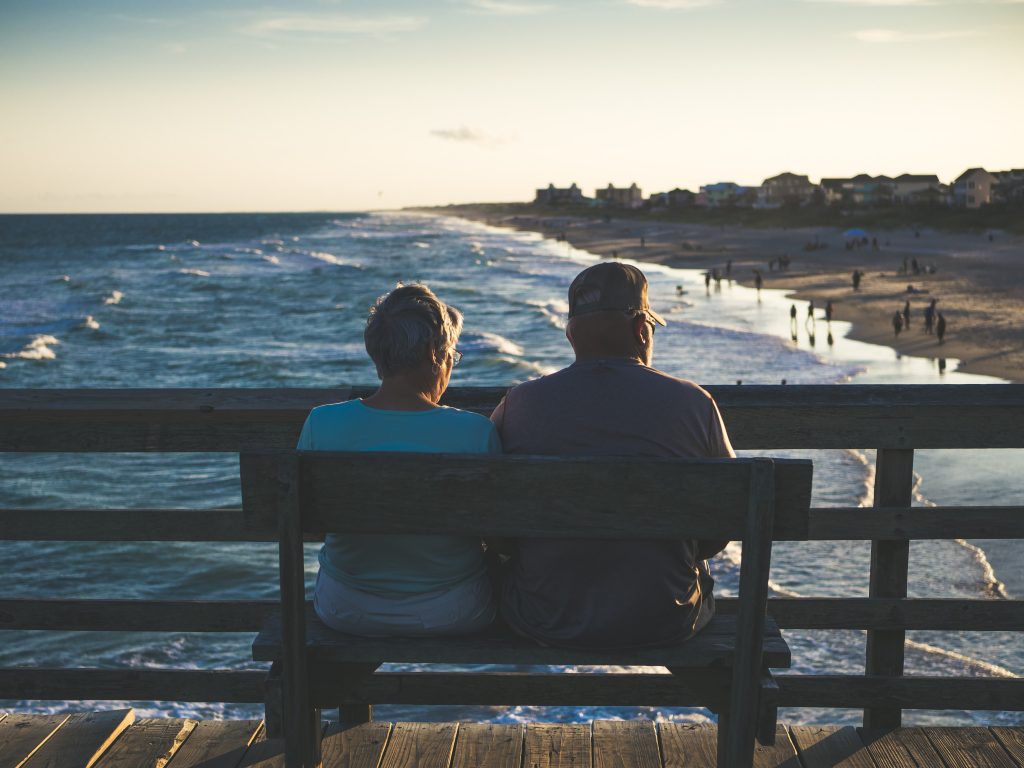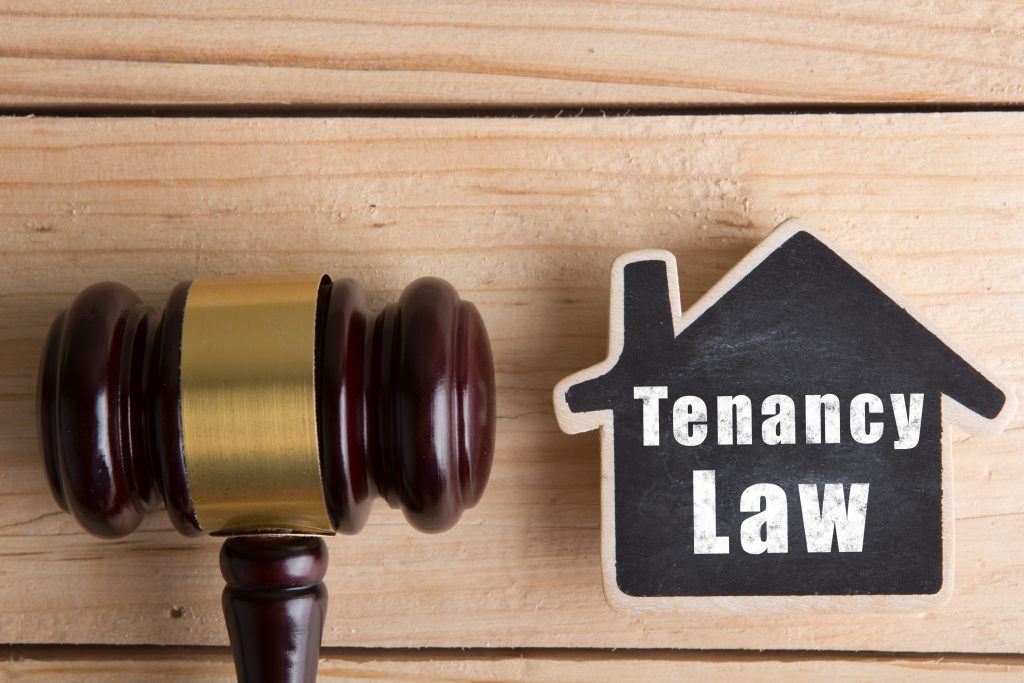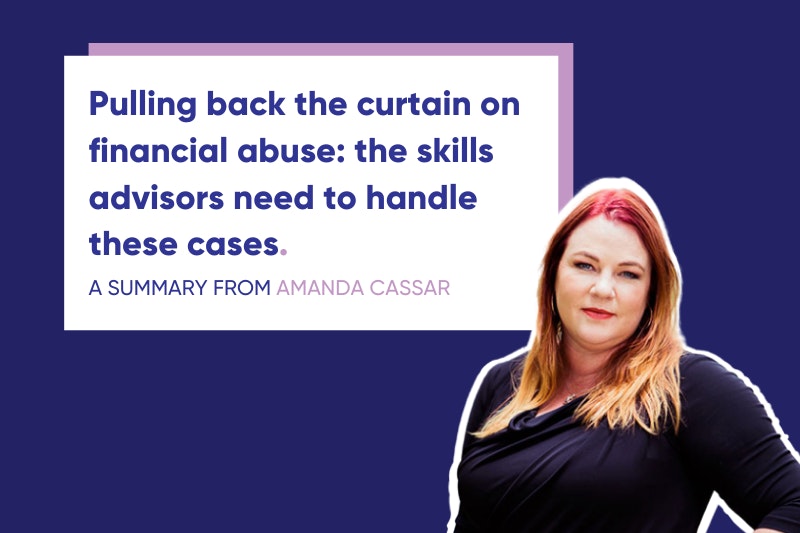Is it time to consider your retirement lifestyle needs?
Considering the cost of living and your expected annual retirement income, is crucial to retirement planning.
So, how do you consider your retirement needs? For the record number of Australians transitioning into retirement, the increasing cost of housing is a hindrance. Many are struggling to pay off their property before they retire, and this may lead to a few common scenarios:
- Being forced to sell the family home prior to retirement and renting or downsizing
- Continuing to pay down the mortgage on the home they live in, but leave beneficiaries with an asset that has debt owing
- Long-term renting due to lack of affordable properties on the market
- Short-term renting in different locations as a way of chasing the nomadic lifestyle dream without the financial burden of a mortgage.
And. deciding where and how you want to live can be fraught with stress. This can occur whether you’re about to retire or you’re if you’re watching your parents prepare for retirement. A recent survey by National Seniors Australia outlined that many people worry they will run out of savings and investments in retirement. Women worry more about retirement savings than men. Worrying is 65% higher in people who have less than $500,000 in savings. And at least 53% higher in people who expect their main source of income in retirement to be the Age Pension.[1]
How much money do you need to retire comfortably in Australia?
According to the Association of Superannuation Funds of Australia (ASFA), there are two broad categories of lifestyles in retirement — comfortable or modest. A comfortable retirement affords people a good car, private health insurance, dining out regularly, travel, and factors enjoyed whilst working. In a modest retirement, you may be entitled to the Age Pension, but you can only afford the basics, with occasional small luxuries.
How much do you need to live on?
There are facts and figures from industry bodies and experts, but your retirement lifestyle is unique to you. Mapping your retirement plan with a financial adviser can give you a clearer picture on what you can afford. As a benchmark, here are some widely touted figures:
- A couple of about 65 years of age – $40,194pa is needed to live modestly.
- A couple of about 65 years of age – $61,786pa is needed to live comfortably.
- For singles of about 65 years of age – $27,913pa is needed to live modestly.
- For singles of about 65 years of age – $43,787pa I needed to live comfortably.[2]
Can renting affect retirement income?
While these numbers help you understand cost of living in retirement, things become complicated if you don’t own your home. ASFA’s calculations are based on the assumption retirees will own their home before retiring. So, you don’t need need to allocate money towards mortgage or rent in the budget.
However, the Australian Bureau of Statistics (ABS) report that around 285,000 Australian households ren in retirement. While renting may afford the ability to live in a more desirable location, the cost still needs to be factored in. Therefore, the numbers provided by ASFA need to be tweaked if you are renting in retirement. And, this can blow out the figures of exactly what annual income you need to have access to.
Can you rent and afford a comfortable retirement?
Based on the ASFA’s calculations, if you retire in Sydney you would need $1,166,000 as a couple or $1,045,000 as a single. This is to afford a comfortable retirement lifestyle whilst renting. While the number may be lower for other cities and regional centres, it provides a more realistic calculation. Time to reassess exactly how much your retirement nest egg should be if you’ll be renting in retirement? Having a greater understanding of how you can structure your super funds can help you be better prepared.
As with other passive investments, ensure you’re not drawing down so much capital that your balance isn’t compounding. You need an adequate rate to provide you with enough retirement income for the rest of your life.
For example, if the average return on your super balance is 9% per year, it’s wise to drawdown 4% or less so you can maintain adequate funds. Retirement may be longer than you think? A good financial adviser can work through the calculations based on your individual circumstances, factoring home ownership or rent and any Centrelink benefits. Have you considered the retirement lifestyle you want without running out of money?
What if you don’t want to rent in retirement?
If you don’t own a home and you’re not keen on renting, there are other options. Maybe you want the freedom of living in a motor home, setting up in a modern tiny home, basing yourself in a retirement village, securing granny flat rights, or, living on a cruise ship. While these options may not be for everyone, the very nature of retirement, can give you the flexibility to live a nomadic lifestyle with a smaller carbon footprint. If you’re interested in staying in one place, a retirement village or granny flat can provide you with that lifestyle.
There is no one size fits all in retirement
When it comes to your retirement dreams and finances, your picture looks different to the next person. So, have you considered your retirement needs? If you don’t own your home, you’ll need to factor the cost of rent into your retirement planning. Be sure to ensure your nest egg and the annual income you’ll draw is enough to provide your desired retirement lifestyle. If you do own your home you won’t have to worry about the mortgage or rent. But, what about home improvements and modifications as you age?
With so many different scenarios to consider, it is wise to work through your options with your financial adviser. Reach out to the Gold Coast team of Financial Planners at Wealth Planning Partners if you’d like to discuss your individual needs.




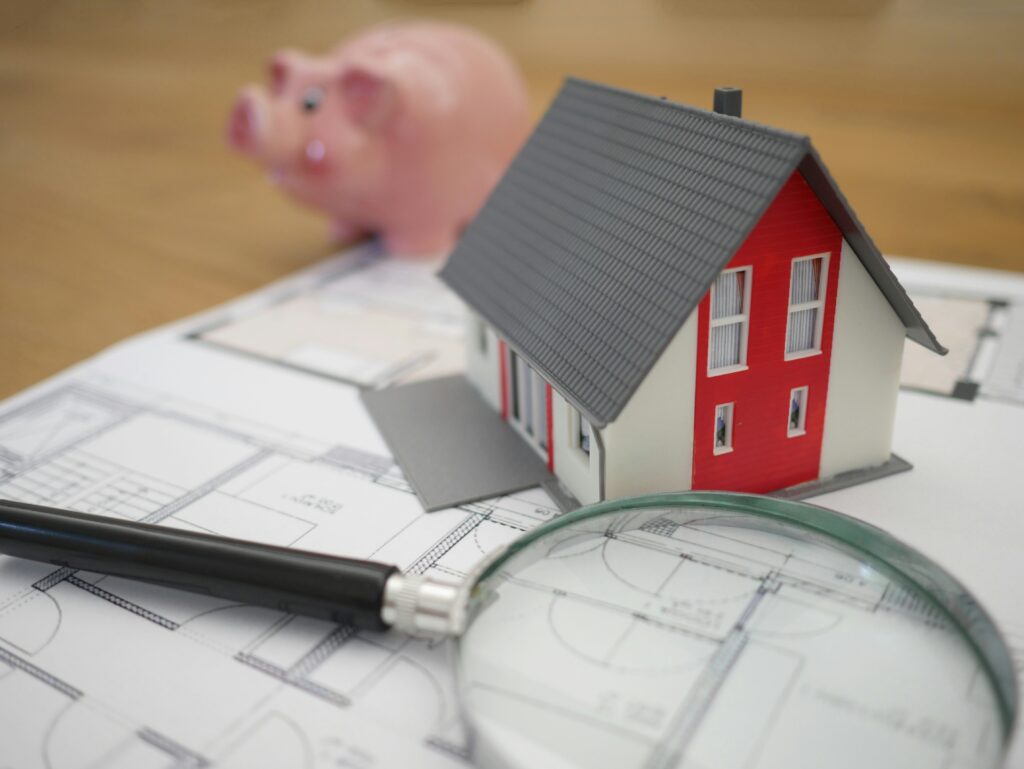
 January 18, 2025
January 18, 2025 